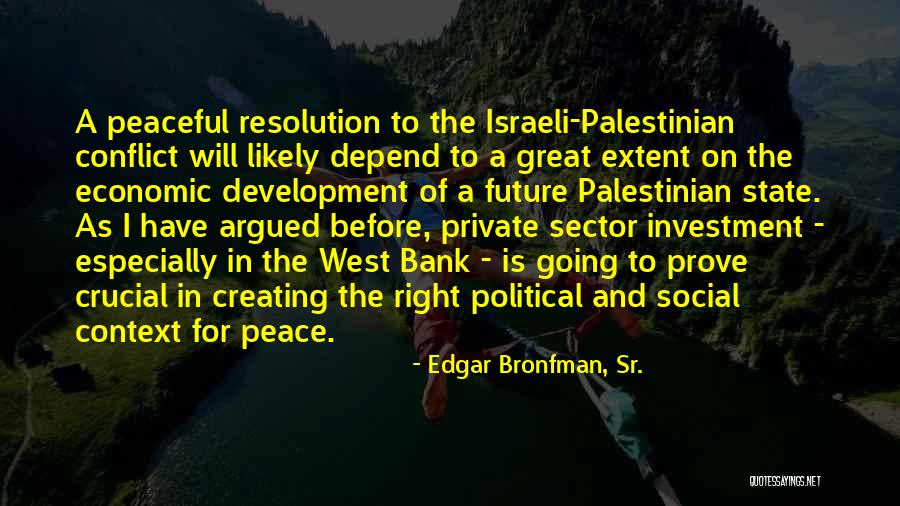
A mediator never manipulates parties to a specific outcome, but, instead, manipulates reactive parties towards a peaceful and fruitful conversation. The very core of the mediator’s job is to occupy that “space” between the stimulus and the response and to use appropriate interventions and techniques to ensure that – regardless of the stimulus presented – the parties can remain focused and are able to respond with organized and objective thought. The result usually causes the other person to do the same, and the conflict dance begins. We become angry or upset, our face gets flushed, our heart rate increases and we say things that we often regret because we either did not or could not step back and compose our thoughts. When we become upset, we often react without first composing our thoughts. “….bodily response to or activity aroused by a stimulus.” A “reaction” is defined by the Miriam Webster Dictionary as a: This quote speaks to the role of the mediator in shifting reactive behavior and automatic responses to responsive dialogue. I think he truly had the bones of a mediator. Viktor Frankl wrote the book “Man’s Search for Meaning”, which is consistently cited as a top ten book everyone should read in their lifetime. In our response lies our growth and our freedom.” ~ Viktor E.

In that space is our power to choose our response. “Between stimulus and response there is a space. Here are a few quotes that I think are truly revelatory of what mediation is and how it is an effective way to help folks create peace.ġ. Sometimes, a brilliant quote can capture the essence of this mediation in ways that I cannot personally express. Although strict definitions are important (link to FAQ”s), I find it necessary to speak more to the spirit of the process than to the “x’s and 0’s”.

I’m always looking for sublime ways to explain the mediation process to prospective clients.


 0 kommentar(er)
0 kommentar(er)
